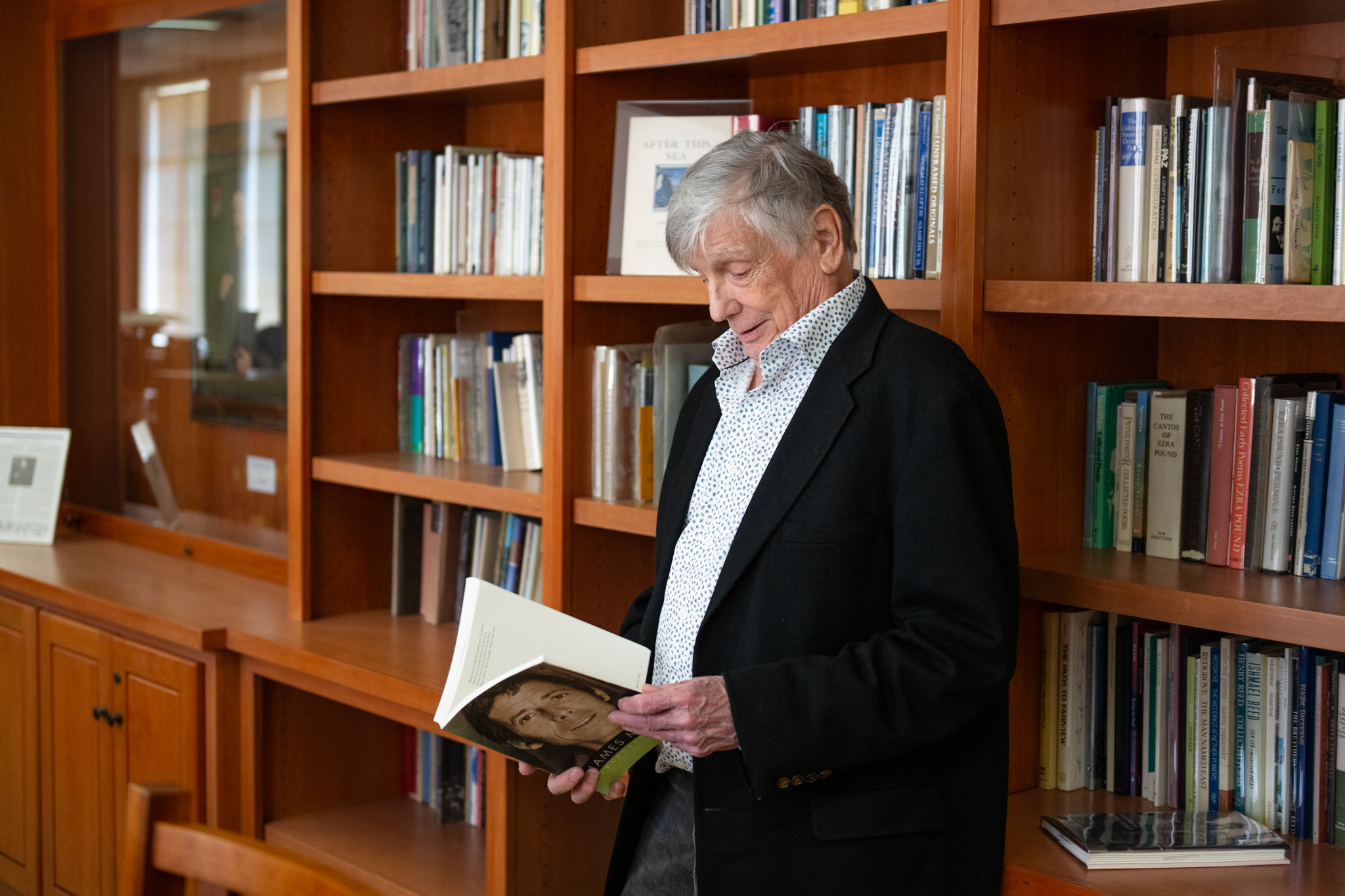Examining the exception: UCLA chemists discover caveat to century-old rule

(Valerie Liman/Daily Bruin)
By Callie Wiesner
Feb. 17, 2025 11:16 p.m.
A once well-established chemistry law now has an asterisk attached after a challenge from UCLA researchers.
Neil Garg, a distinguished professor in the chemistry and biochemistry department, said molecules known as anti-Bredt olefins – which violate Bredt’s rule, a rule that has stood for a hundred years – cannot have double bonds in specific positions under certain conditions.
“Our study is entirely based on trying to show that you can actually make anti-Bredt olefins – and not only that but actually do useful chemistry with them,” Garg said.
This research was conducted in two separate labs – one led by Garg and the other by Kendall Houk, a distinguished research professor in the chemistry and biochemistry depaartment. Garg’s lab worked on using elimination reactions that transform a carbon single bond into a double to test the validity of Bredt’s rule, said Luca McDermott, an organic chemistry graduate student in Garg’s lab.
Research from the 1960s and 1980s showed that ABOs did not survive in many conditions, said Zach Walters, a graduate student in organic chemistry in the Garg lab.
However, he added that historic research was only conducted in very harsh conditions, which tore the molecules apart. The first goal, therefore, was to examine and model ABOs in more diverse settings, Walters said.
“We were mainly focused on developing a synthetically useful way to access them (ABOs) and understand how they react and the scope of how they react,” he said.
Garg said his team was tasked with making the ABOs stable by combining them with stable precursors. This would effectively trap the unstable molecules, leading to a chemical reaction and allowing researchers to isolate lone ABOs, Garg added.
Sarah French, a postdoctoral researcher in Garg’s lab, said she modeled these reactions to display the molecules’ structures and demonstrate how useful ABOs can be.
“They (results) showed – first of all, we can compute the exact geometry of these undetectable molecules, … and then you can see that they’re all twisted,” Houk said.
The labs discovered that beliefs held by chemists for decades about these molecules were incorrect, Houk said. The molecules can actually survive under somewhat mild conditions in which they are scrambled in a way that allows them to be slightly stable, Houk added.
“Computations and synthetic chemistry can really help give a clear picture to the problem that we’re trying to solve,” French said. “It (this research) discusses some really fundamental ways of thinking about the molecules, which people may not typically think about, so hopefully it will make people think a little bit more about their molecules in a fundamental way.”
Although some reports inaccurately stated that Garg’s lab disproved this rule, McDermott said, it actually adds a caveat to it, opening up new avenues for future organic chemistry research and pharmaceutical development. These compounds only differ slightly from typical organic molecules, making them potentially appropriate for pharmaceutical synthesis, he said.
“When you’re designing a drug, what you’re doing is you make very small changes that make the drug better,” McDermott said. “Where you need to make a slight adjustment to increase the property of your material, maybe you could use this chemistry.”
French said she believes this research may push for greater study in other fields.
Walters added that he hopes this work will show students, researchers and scientists that scientific rules are meant to be broken, because they are based on observations that sometimes have exceptions.
“I hope it helps people question some of these rules and encourages people to think a little bit out of the box and think creatively,” Garg added.



